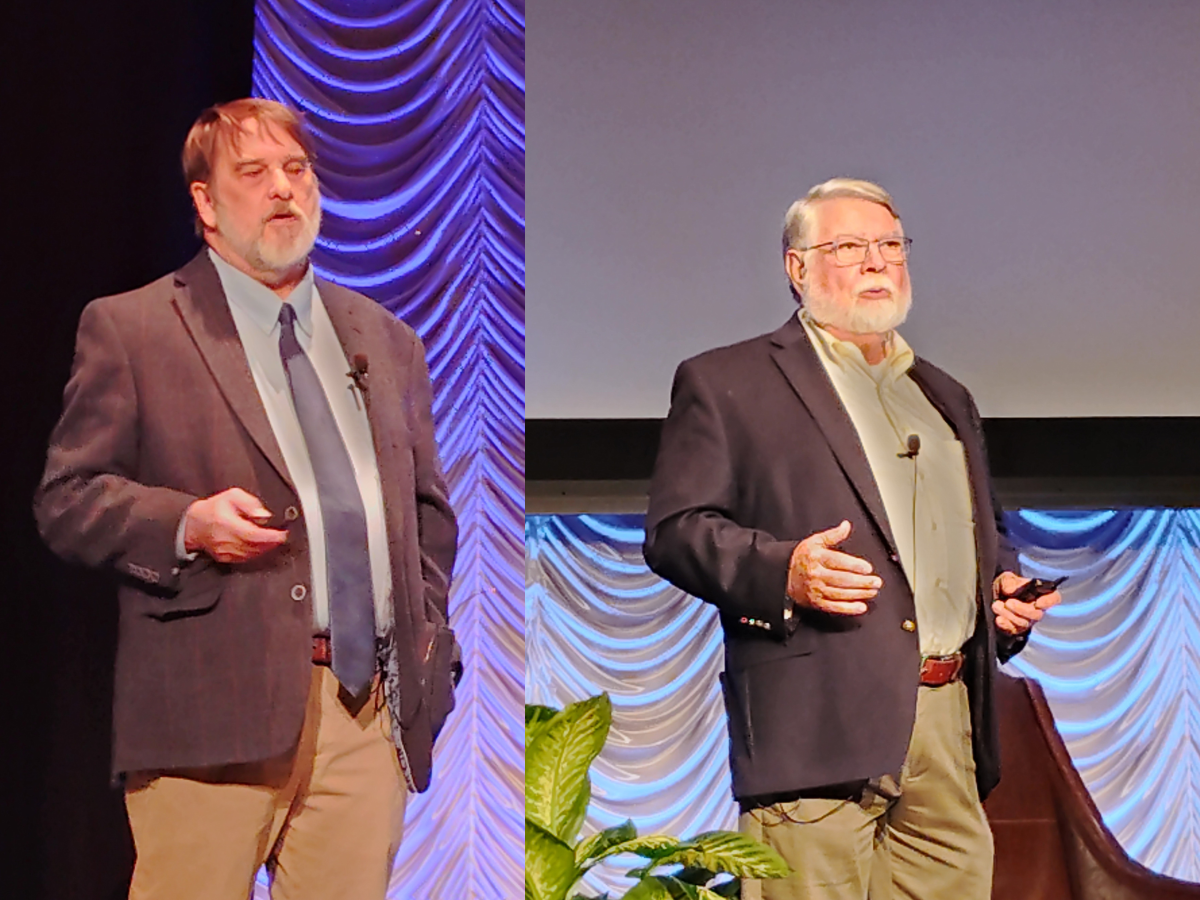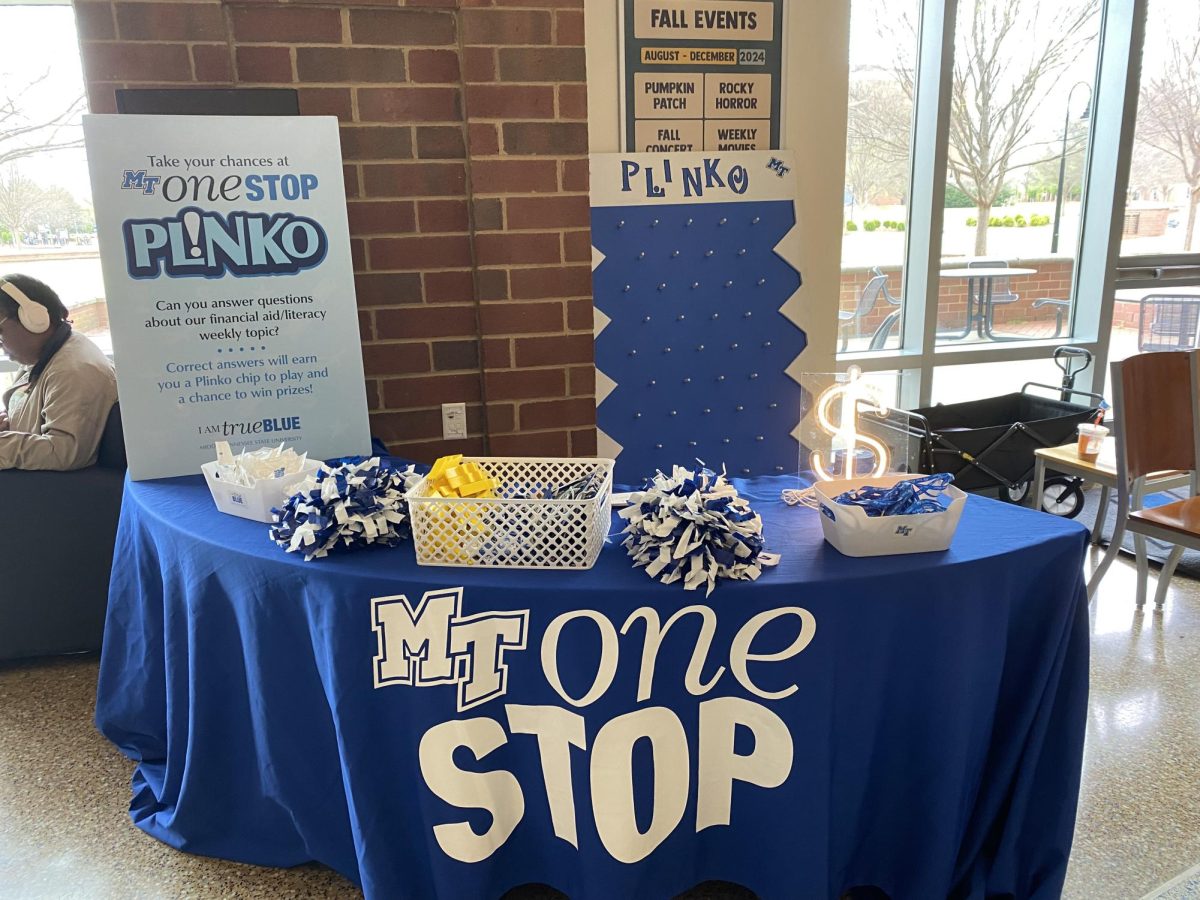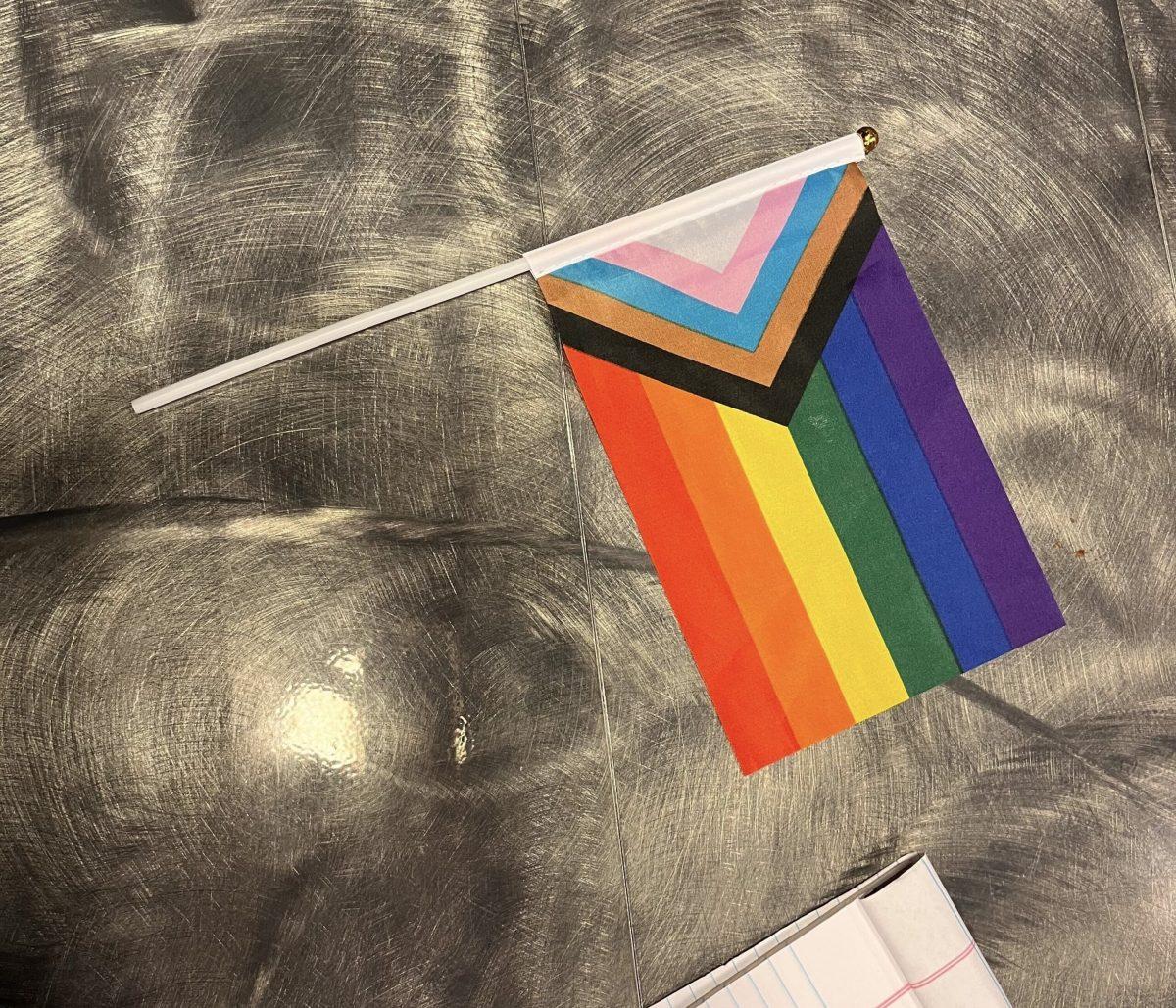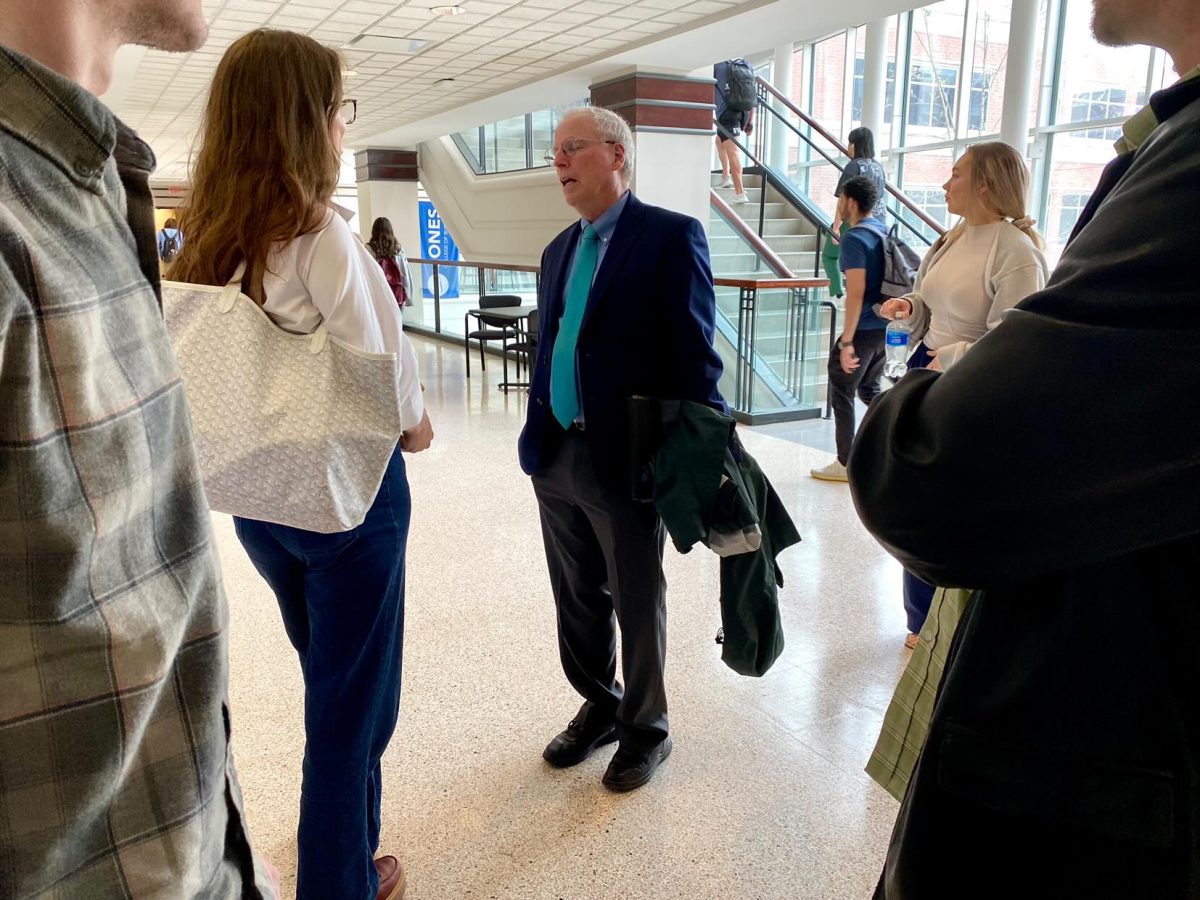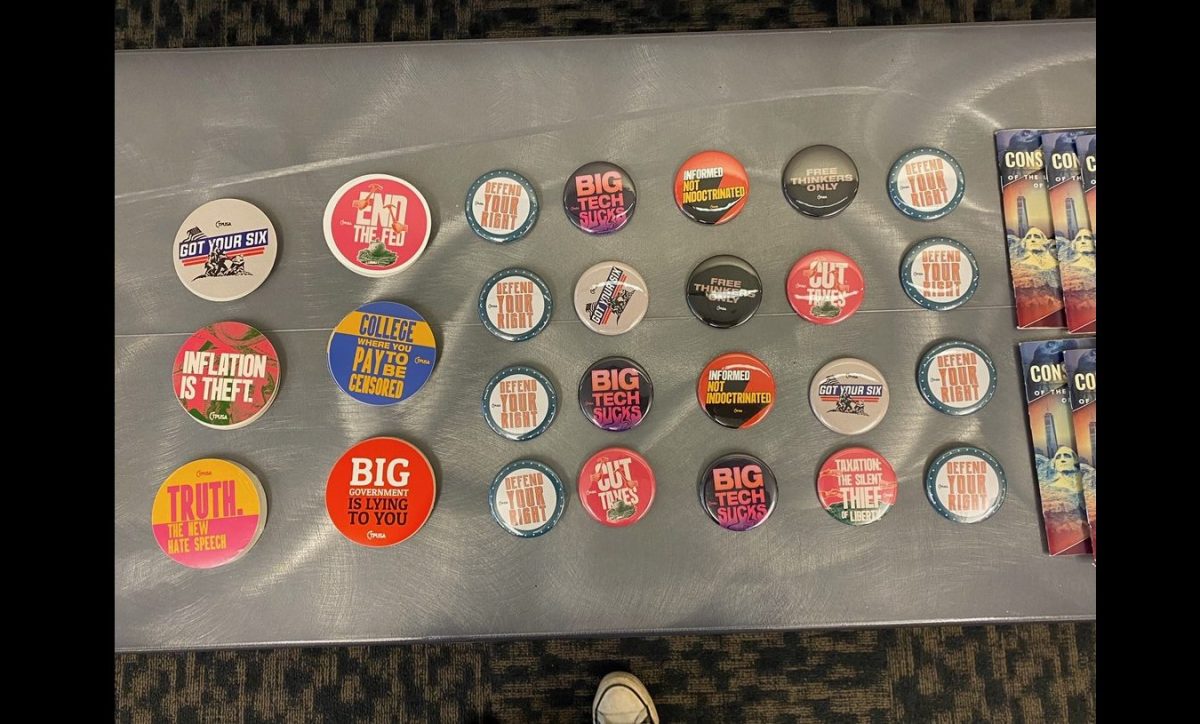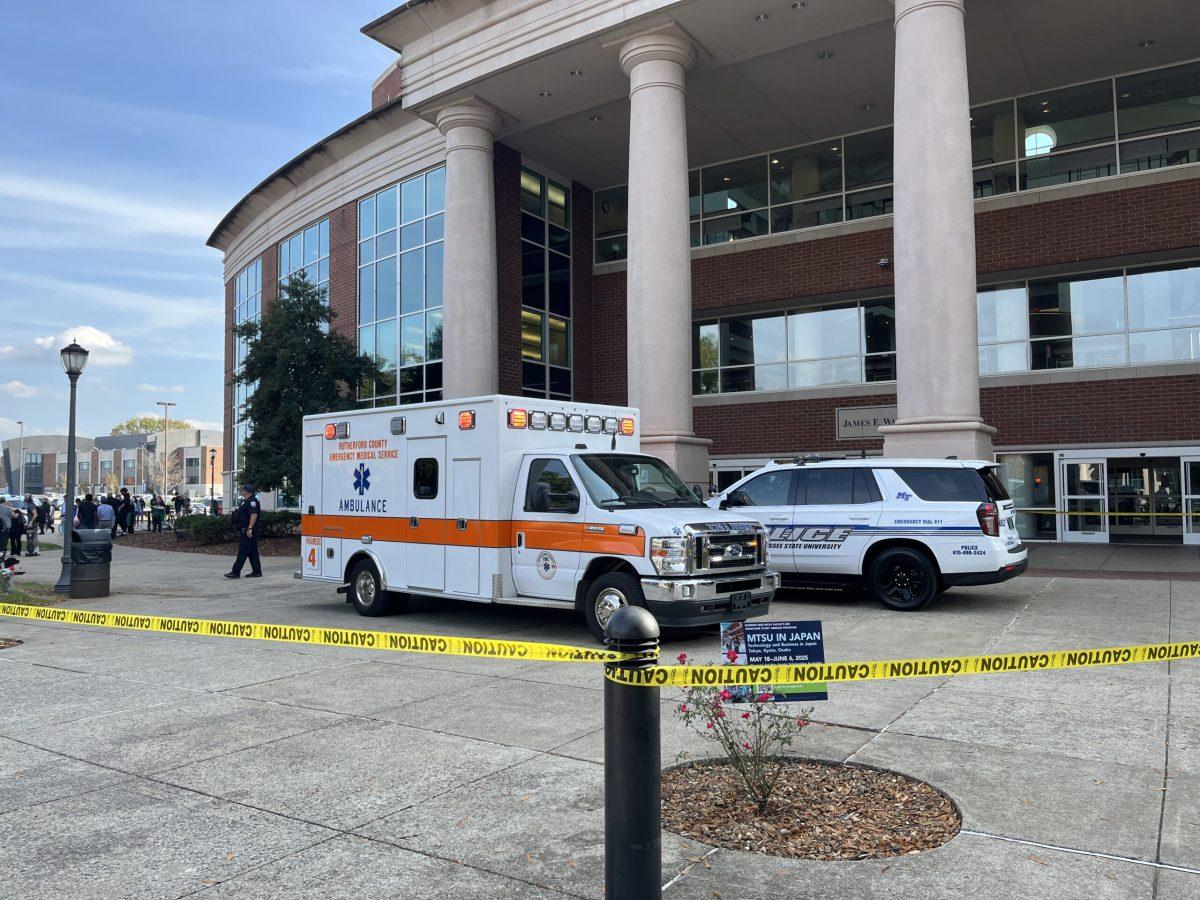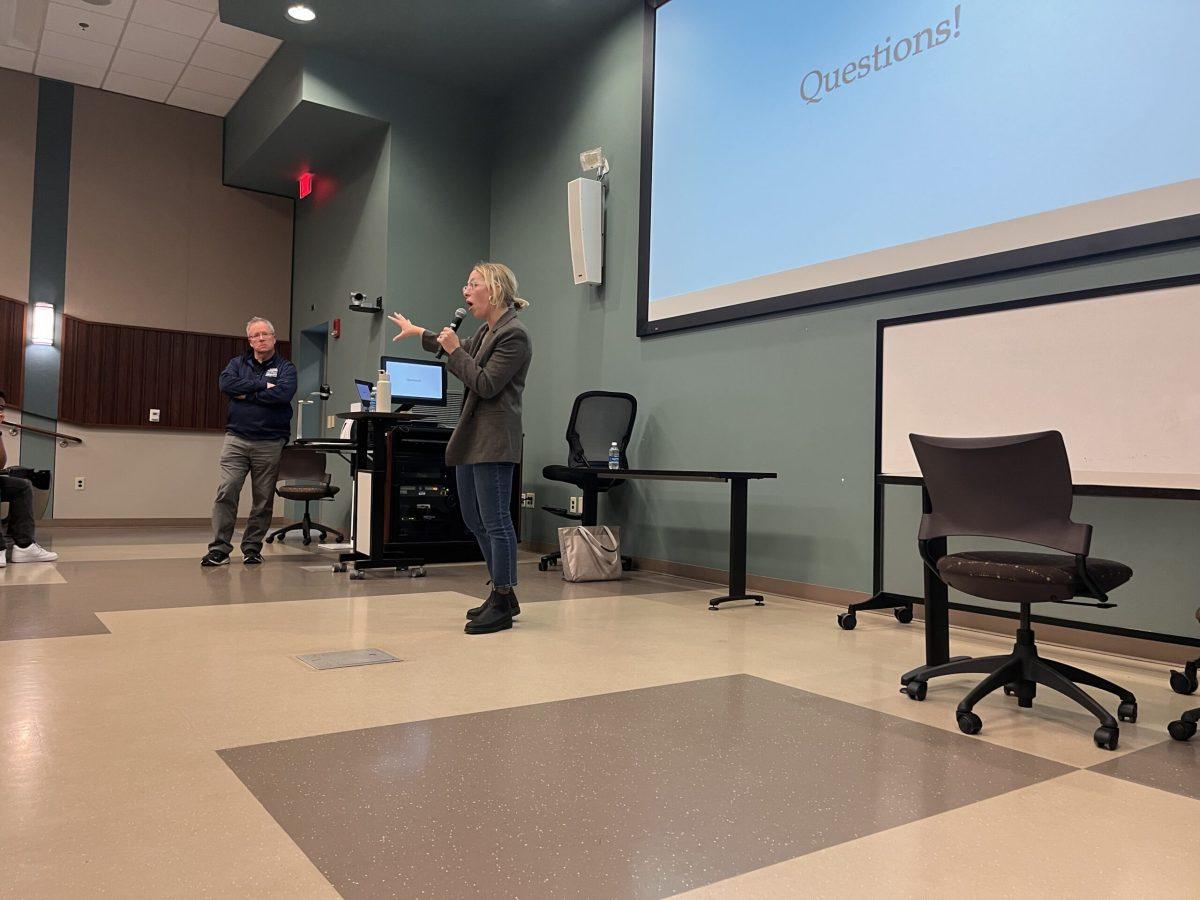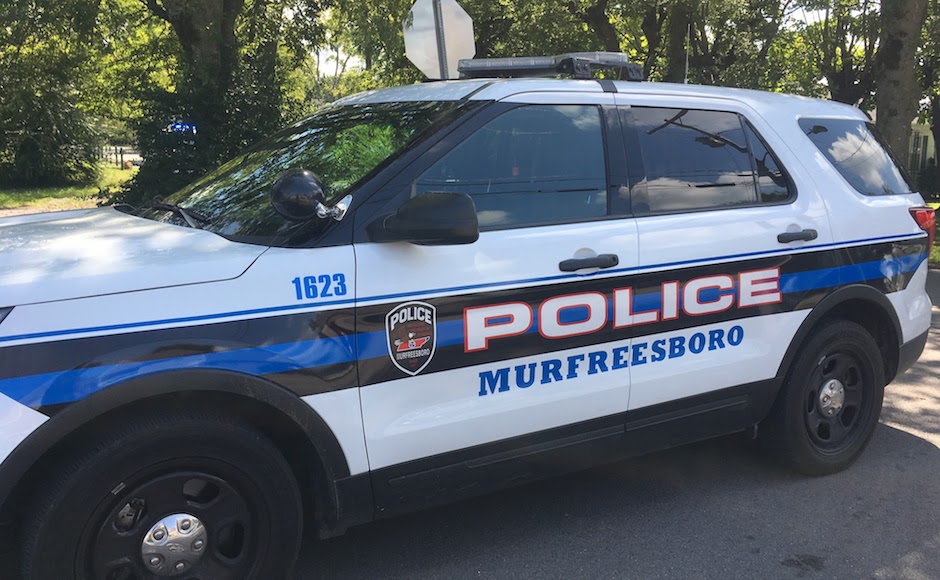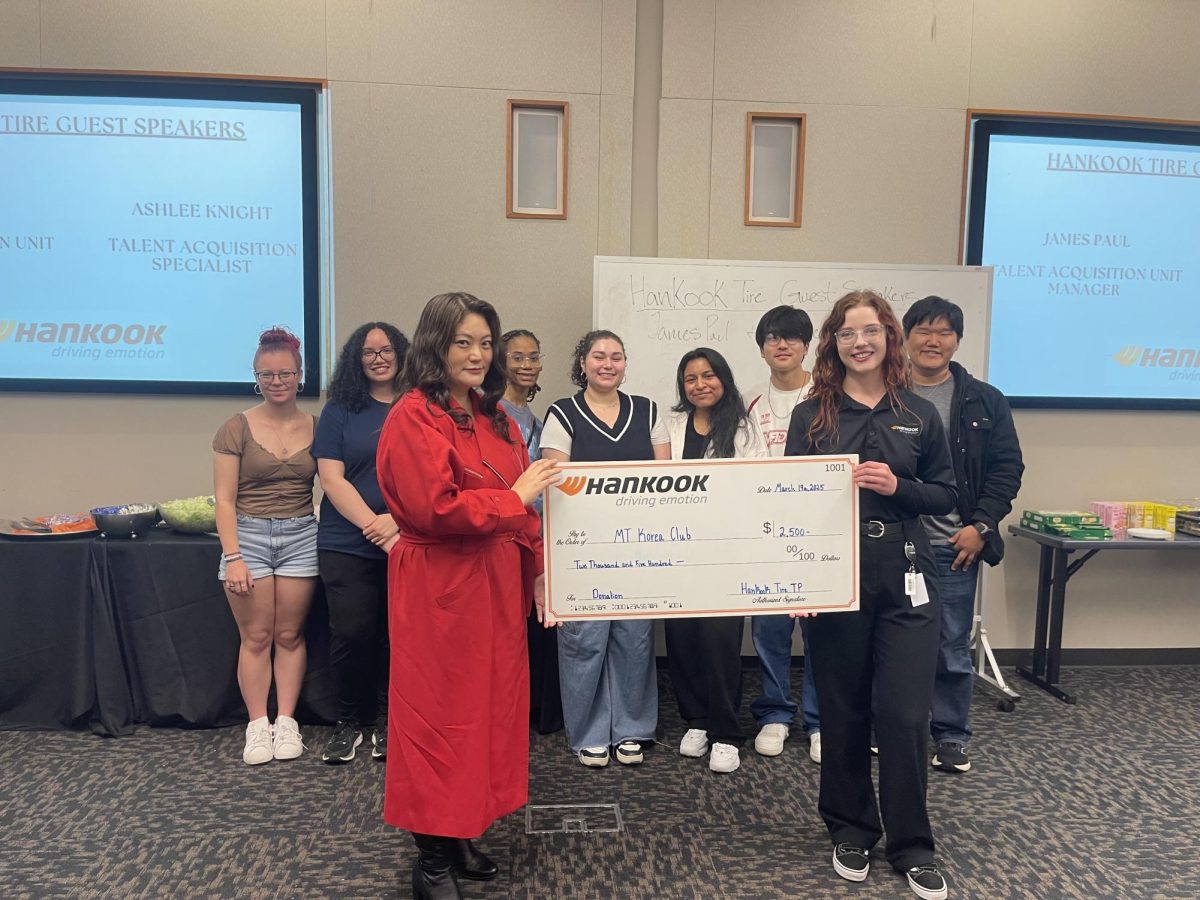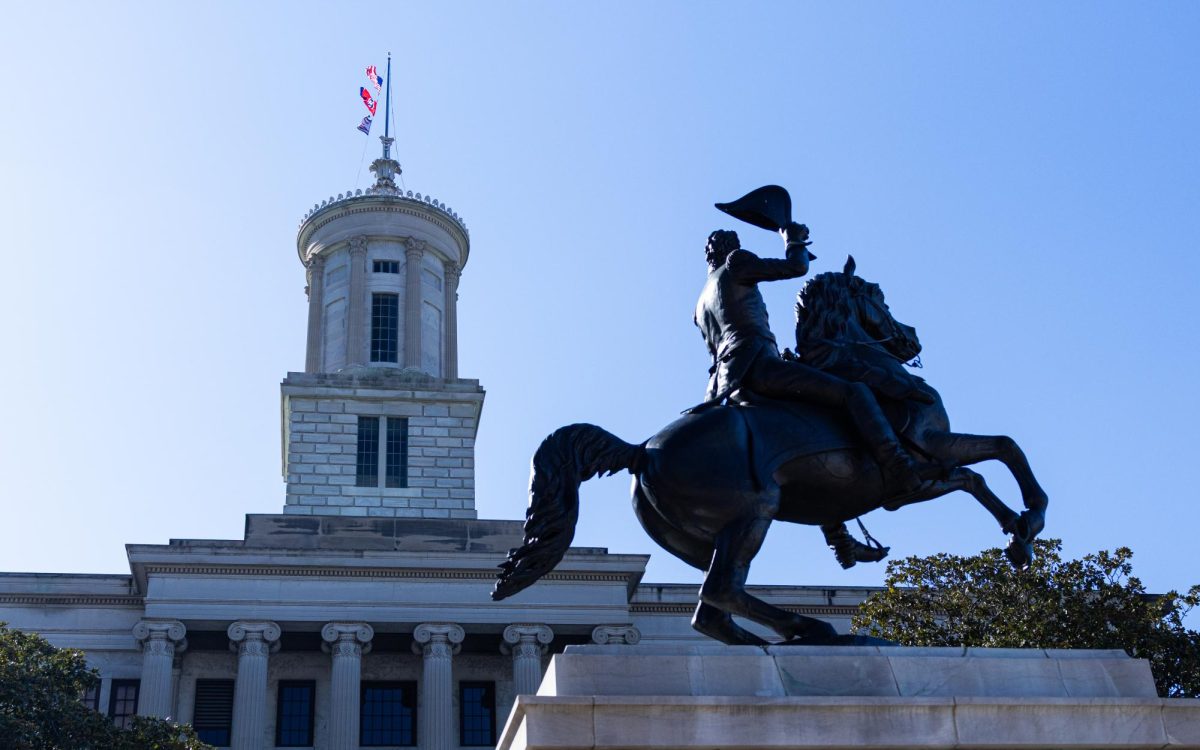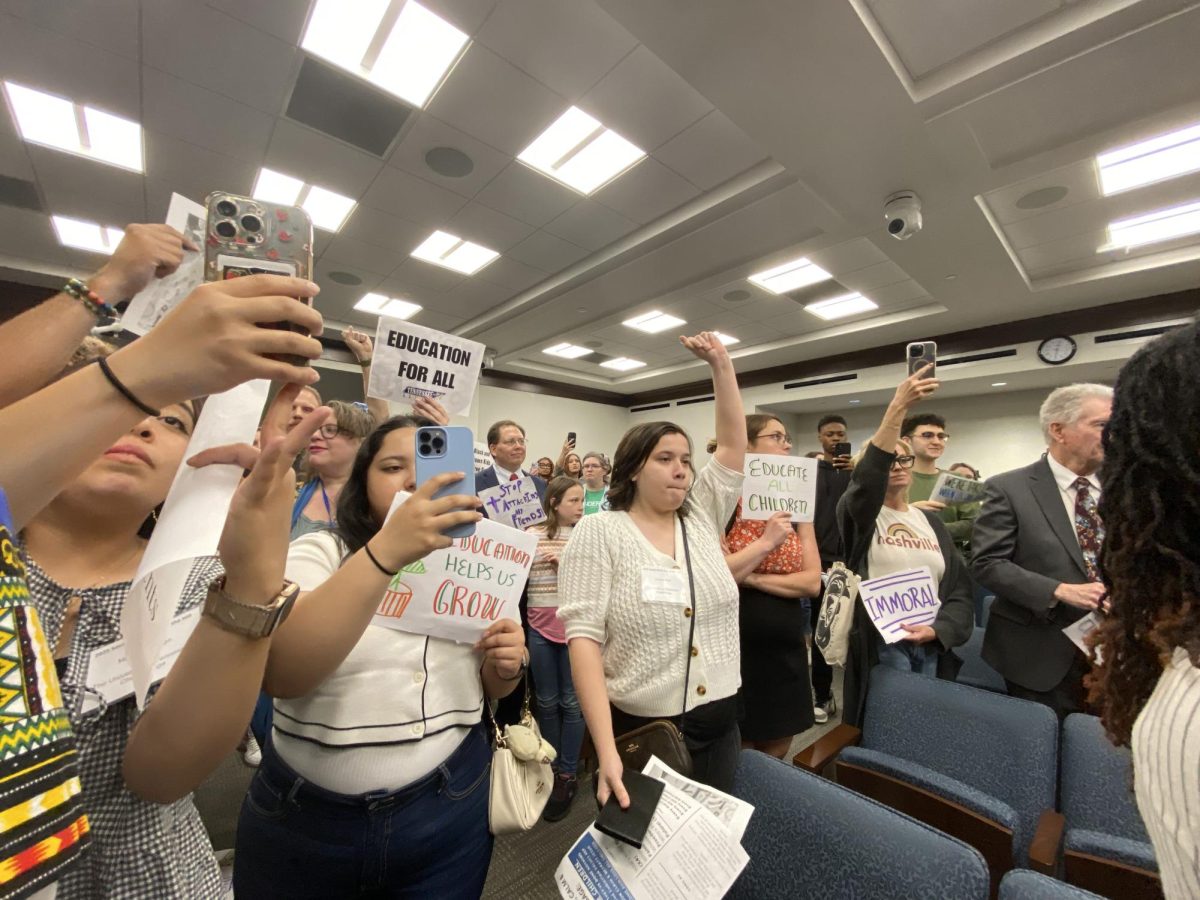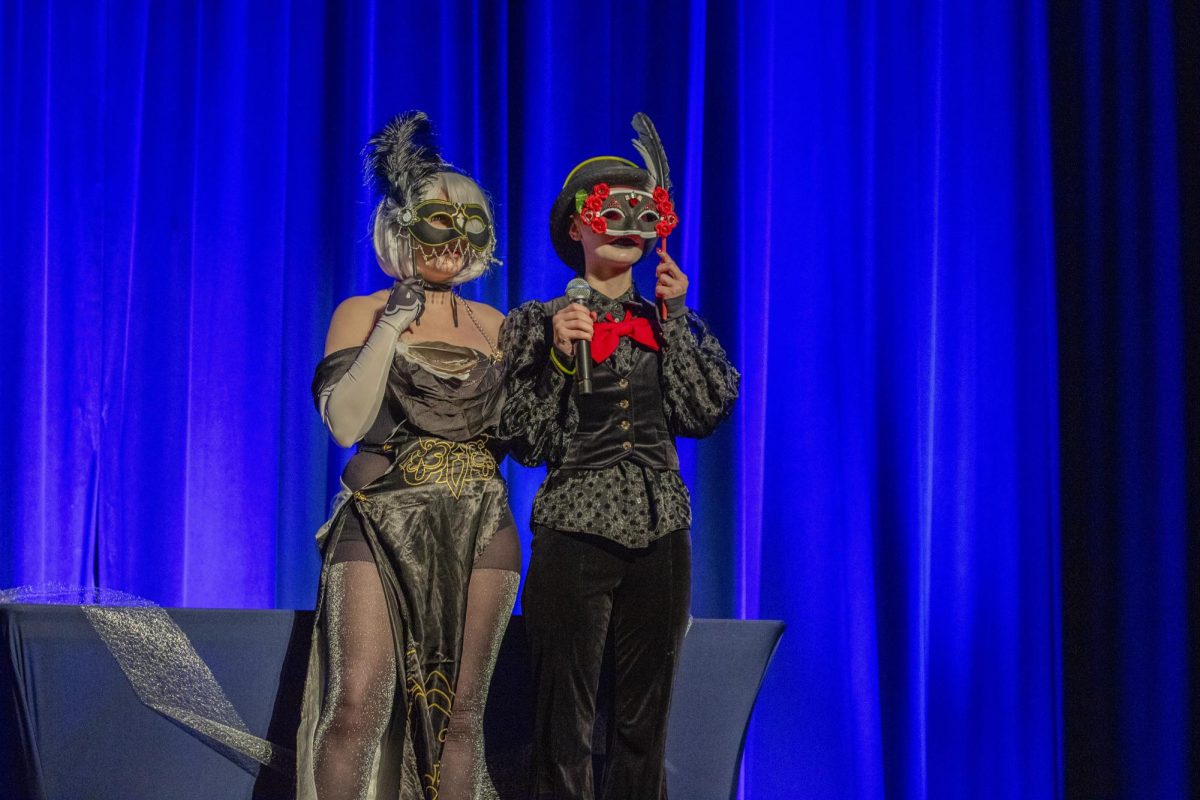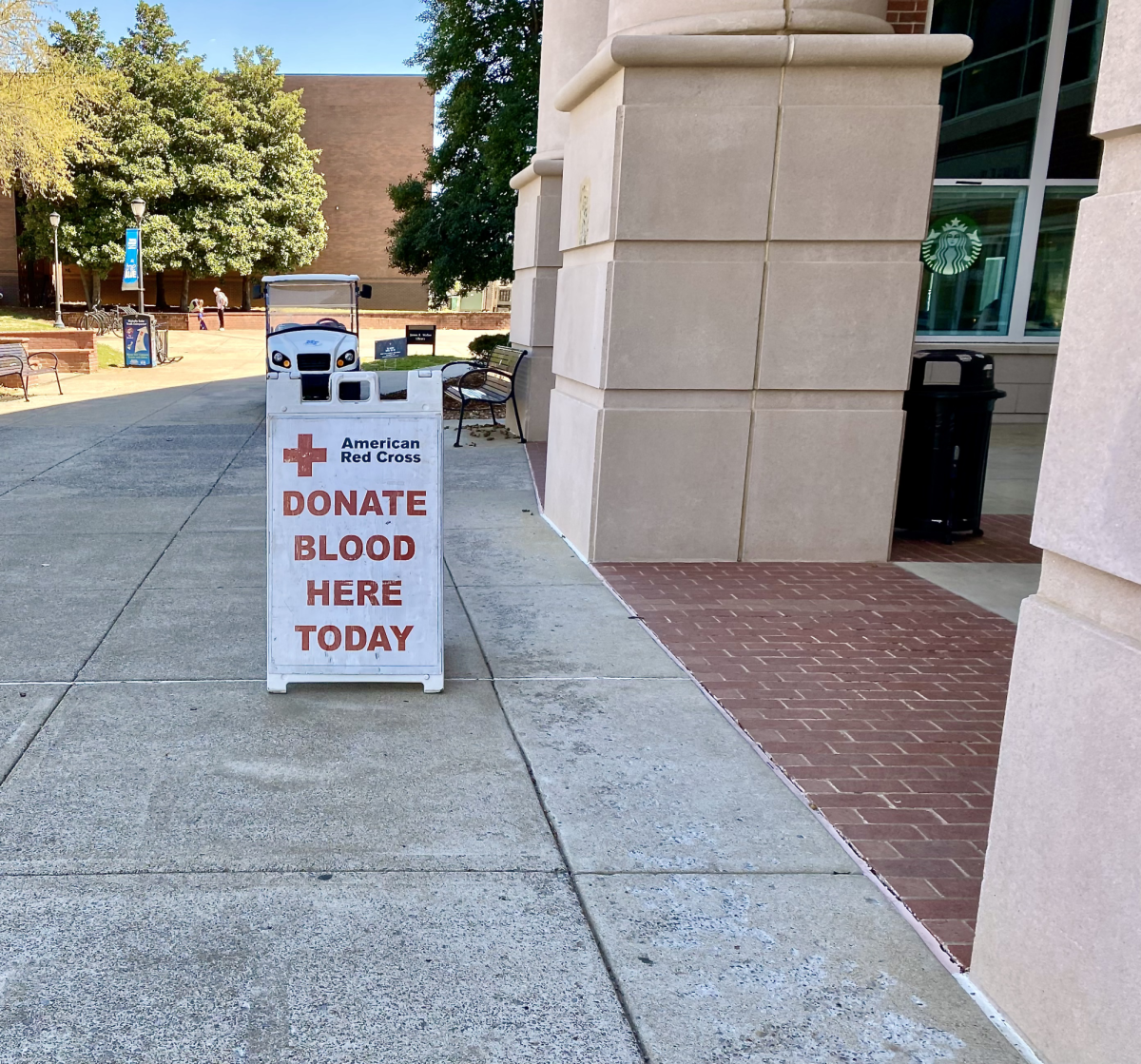Two well-renowned anthropologists with ties to MTSU discussed several cases concerning unidentified bodies they were involved in attempting to solve.
Tom Holland, a professor at MTSU and the current director of the university’s Forensic Institute for Research and Education, discussed a missing person’s case that dragged on for almost thirty-five years that he was personally involved in: Jerry Daegan.
Jerry Daegan was a civilian who worked for Decca Navigation Systems, a company that installed navigation systems on Army helicopters during the Vietnam War. Daegan was last heard from in July 1967 but was only reported missing two months later when Decca filed a missing person report after being contacted by his family back in the United States.
At the same time that Daegan was last heard from, a helicopter carrying five U.S. servicemen collided with a U.S. Air Force jet fighter. While four of the men were able to be identified despite being badly damaged, the fifth body was unidentifiable since it did not have any form of identification on it like the other bodies.
The unidentified body was assumed to be that of Pvt. William McRae, who had recently been released from Long Binh Jail after volunteering to go back into combat. The body was then buried in Massachusetts.
Four months later, a sixth body was found near the crash site. The fifth body, which was assumed to be McRae’s, was not him. The sixth body found was McRae’s instead and was buried in Medford, Massachusetts.
But what does this have to do with Jerry Daegan?
In 1982, Reagan wanted to bury an unidentified soldier from Vietnam in the Tomb of the Unknown Soldier. After Congress passed the criteria for a Vietnam servicemember to be buried there, the Central Identification Laboratory in Hawaii found that only six bodies met the criteria.
Attention returned to identifying Daegan, following the identification of three bodies. After retrieving a DNA sample from his brother, Jerry Daegan was finally identified in Feb. of 2001 and was buried in Youngstown, Ohio.
“It’s those little observations that make a big difference,” said Hugh Berryman, a former professor in the Department of Sociology and Anthropology and one of the most renowned anthropologists in the country.
Berryman talked about several cases where small clues helped identify a body, such as a tube of toothpaste and skin from a skeleton’s finger. The most interesting case, according to Berryman, was the identification of a mummy in the 1980s.
In 1987, when Berryman was residing in Memphis, a woman named Clair Austin brought a box to the University of Memphis’s Department of Egyptian Art and Archeology. It contained a mummy head that Austin said resided in their family for over a century. The university contacted Berryman to examine the head, and he assembled a team of 15 people to help.
Berryman and his group determined that the mummy, named Se-Ankh, was a female in her 20s at the time of her death. This was not their only significant finding.
A dot that the group originally dismissed as some kind of wart turned out to be a rosette from the Macedonian Period of Egypt. After finding gold gilding on her teeth, they deduced that this mummy had to be of high society.
Berryman and Holland then took questions from the audience after concluding their respective presentations.
“We’d like to say there’s no backlog because every case gets analyzed,” said Holland in response to a question about whether there’s a backlog in the identification process of unidentified servicemembers. “We do have a waiting period. Sometimes we have to wait up to 18 months for DNA since getting DNA out of bone is harder than getting it out of blood.”
When asked about a notable case, Berryman talked about one case where he was investigating skeletal materials in Mississippi related to a brutal case involving a serial killer targeting prostitutes.
“The fact that I may have missed something has haunted me,” said Berryman.
Berryman also took the last question of the lecture when he was asked about what his favorite part of forensic anthropology was. The question came from a familiar person to Berryman: his young granddaughter.
“It’s like working a puzzle, and it’s a lot of fun,” said Berryman.
To contact the News Editor, email newseditor@mtsusidelines.com.
For more news, visit www.mtsusidelines.com, and follow us on Facebook at MTSU Sidelines and on X and Instagram at @mtsusidelines. Also, sign up for our weekly newsletter here.


